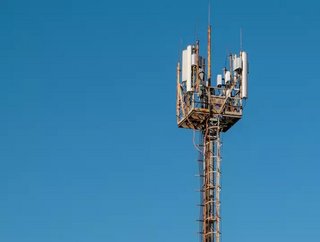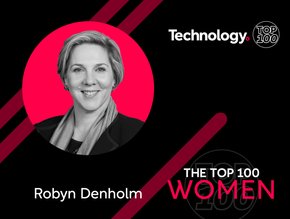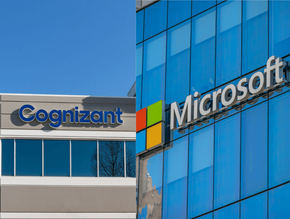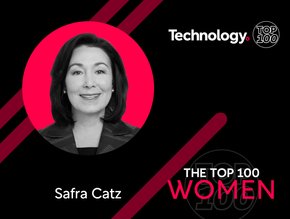Ericsson: A corporate sustainable technology strategy

Founded in 1876 in Stockholm, Sweden, Ericsson was originally founded as a consumer products business as part of a joint venture with Sony. The Sony and Ericsson partnership dissipated in 2019 and the Sony Ericsson brand went with it, but the company continued to flourish with its network and telecommunications, digital services, managed services, and emerging business developments.
With such a prominent focus on sustainability, Ericsson’s latest developments—like many technology organisations—have been driven by the need for sustainable actions.
Ericsson’s targets driving future impacts
Ericsson’s Sustainability and Corporate Responsibility Report 2020 shows the targets the company is aiming for by the end of 2021, as it works to become more efficient and more inclusive.
- Based on a 2016 baseline, Ericsson will reduce its energy consumption by 35% by 2022
- Carbon emissions will be cut by 35% in the same period
- Increasing the energy efficiency of its products will be a priority, which it aims to do so by 6.6x
- The company will increase its female workforce representation to 30%
- To connect an additional 500 million people to mobile broadband
- Become carbon neutral by 2030
How will Ericsson meet its sustainability targets?
At the forefront of its sustainability strategy is a respectful business culture that supports the environment, social and governance (ESG) of its operations and stakeholders. Anti-corruption, anti-bribery and monitoring compliance are key areas of its strategy, as the company wants to drive positive change in communities. In 2020, Ericsson made a conscious effort to improve its policies to mitigate issues in these areas. The technology firm has also expanded its ESG compliance and corporate investigation team to meet strict guidelines.
The creation of an inclusive team
To encourage more females into the team, Ericsson prioritises inclusivity and diversity as an integral attribute of the business. Through data analysis and reflection on previous years, the company continuously develops new strategies for diversity and inclusion that are more focused than previous editions.
Ericsson’s actions against climate change
The firm has taken a technical approach towards the reduction of emissions and waste. Through the design of its products, Ericsson is considerate of circular processes when creating new products. To reduce production waste, the company is always challenging its robotics systems for a leaner approach to the manufacture of its devices. Operatives are also working with augmented reality for troubleshooting, monitoring working conditions within operations, with the overall result of increased production efficiency. Material sourcing is also a key focus for the company as it increases the use of recycled and recyclable materials in its production.
For more technology insights, check out the latest issue of Technology Magazine.
- Top 100 Women 2024: Robyn Denholm, Tesla - No. 8AI & Machine Learning
- Top 100 Women 2024: Safra Catz, Oracle - No. 7Digital Transformation
- Advancing AI in Retail with Pick N Pay's Leon Van NiekerkAI & Machine Learning
- OpenText’s Muhi Majzoub: Engineering Platform Growth with AIEnterprise IT






